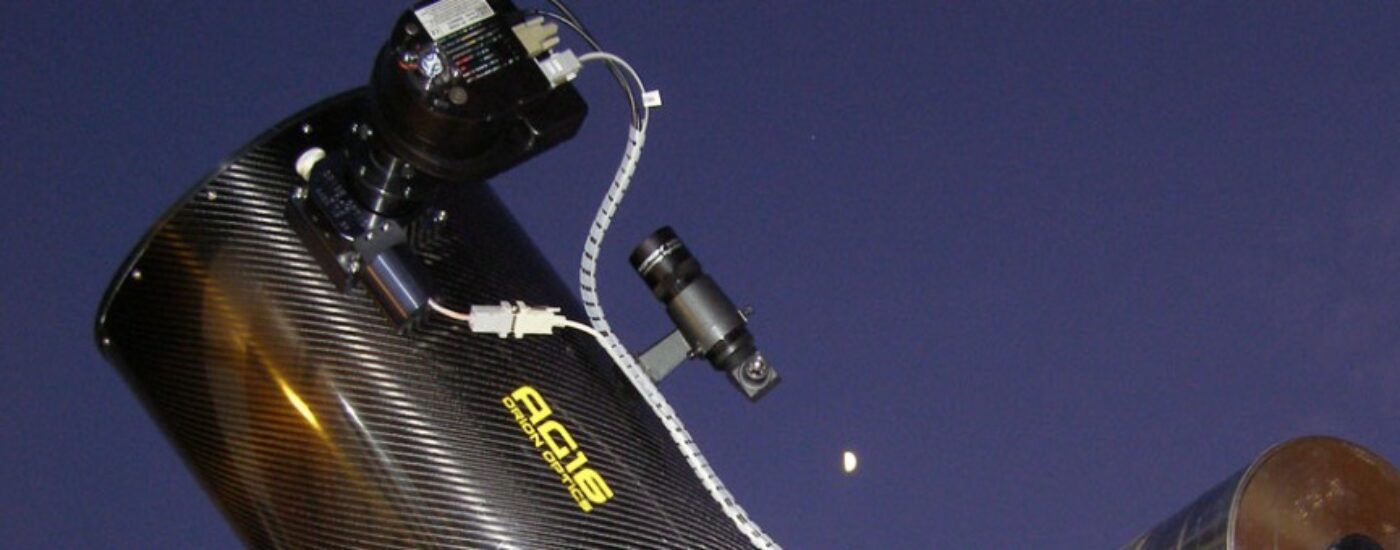the evening began with clear skies. At this altitude, nights get very short and it does not get dark until around 22:30 local time. Unfortunately an hour later, clouds drifted in and it became completely cloudy. I had to suspend observations and close observatories. 2 comets I was able to observe:= 29P and C/2023 A3. With 2-the observatory I could obtain 1 spectra in high-resolution in H-alpha region: HD175511
comet and Spectroscopic observations on 3 may
It turned out to be a clear night and I was able to start comet observations with observatory I and simultaneously record some spectra of Be stars with observatory II.
Comets I observed were: 29P, 32P, 65P, 362P, C/2021 S3, C/2021 T4, C/2022E2, C/2023 A3 and C/2024 C4. Be stars where I obtained a high-resolution spectrum (R ~15000) in H-alpha region are: V380 Cep, HD 203025, Alfirk and 28 Cygnus.
comet and spectroscopic observations on 28 april
Around 9.30pm in the evening, the clouds and moved away and it became pretty much a clear night. The occasional band of clouds moved over anyway. I was able to observe some comets with my 0.4-m f/3.8 newtonion telescope: 29P, 144P, 62P, 227P, C/2022 E2, C/2023 A3. With the second observatory i could obtain some high resolution spectra in the H-alpha region of Be-stars: z Her, 4 Her, tet CrB. about 00:15h clouds were coming in and i closed the 2 observatories.
comet and spectroscopic observations on 22 april
After replacing the beams of the roll-off observatory and getting all the software operational again, a first test now follows. The moon was very distracting and clouds came drifting over regularly. I was able to observe comet 29P, afterwards clouds came again and I closed the observatory. Comet 29P experienced a small outburst and head magnitude 15.3. Everything was now working perfectly. With the 2nd observatory, I simultaneously observed, Be star: cx Draconis in H-alpha region and higher resolution (R~16000) there were 4 x 20-minute exposures.
repair work observatory on 5 april
I started repair work on the observatory today. Several beams of the roll-off roof show serious wood rot. It was time (after 19 years) to replace these beams. No mean feat, but in the end they were replaced after a full day’s work. Now all that remains is to finish and test them.
spectroscopic observations on 24 march
during a brief brightening and clear sky, I was able to capture some spectra in high resolution (R~15000) in H-alpha region of following Be-stars: zet Tau, 53 Boo, CQ Uma.
spectroscopic observations on 4 april
After a day of clouds and rain, I was able to take some spectra in the evening on a clear sky of following stars: HD 79066 and HD 58050
spectroscopic observations on 16 febr.
During a short period of clear sky, i could obtain 1 spectra in high resolution (R~15000) of Be-star: 123 Tau.
spectroscopic observations on 12 febr.
After a day of clouds and rain, I was able to take some spectra in the evening on a clear sky of following stars: zet Tau and PZ Gem
spectroscopi observations on 7 febr.
During a short period of clear sky i could obtain a high resolution spectra in H-alpha region of Be-star: zet Tau

